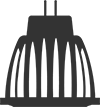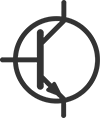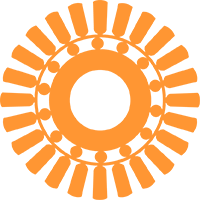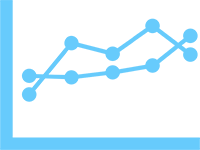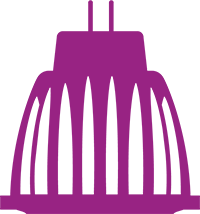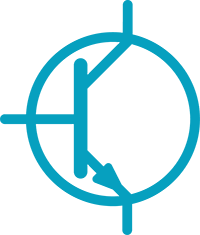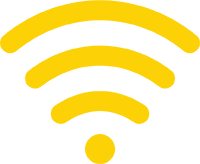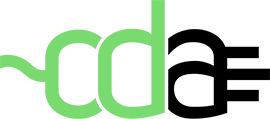Policy Brief: Wide Bandgap Industrial Variable Speed Drives Research Roadmap
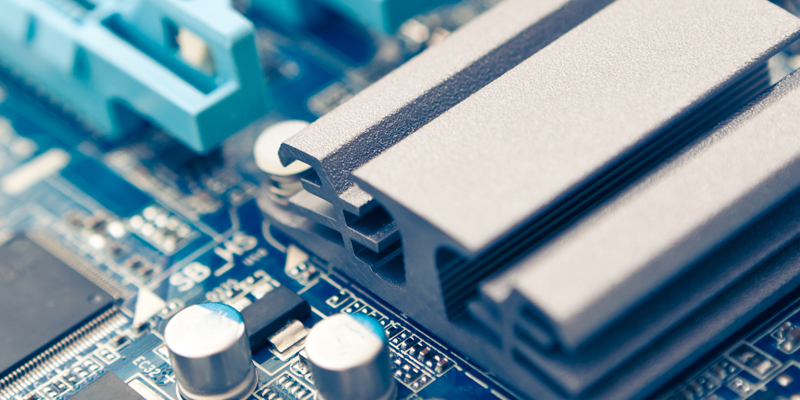
This Policy Brief highlights the importance of wide bandgap power semiconductors in industrial variable speed drives and introduces the Research Roadmap developed by EMSA in cooperation with PECTA. The Research Roadmap aims to facilitate the adoption of this new technology by addressing key challenges with dedicated research topics over the course of the next few years.
Policy Brief: Wide Bandgap Industrial Variable Speed Drives Research Roadmap
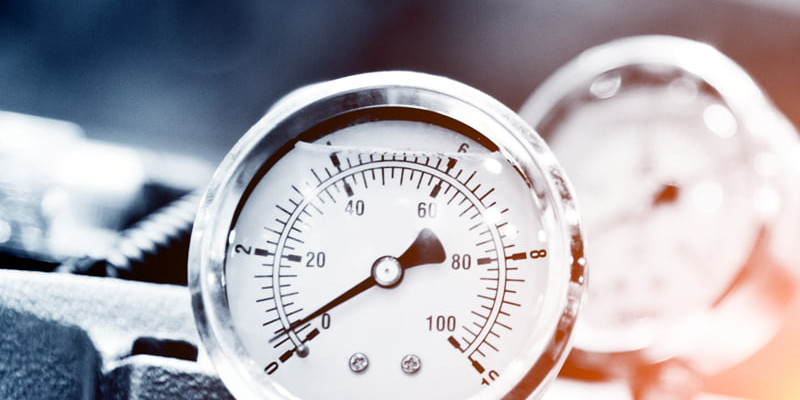
This Policy Brief highlights the importance of wide bandgap power semiconductors in industrial variable speed drives and introduces the Research Roadmap developed by EMSA in cooperation with PECTA. The Research Roadmap aims to facilitate the adoption of this new technology by addressing key challenges with dedicated research topics over the course of the next few years.
Analysis of PstLM and stroboscopic visibility measure variations due to different measurement conditions
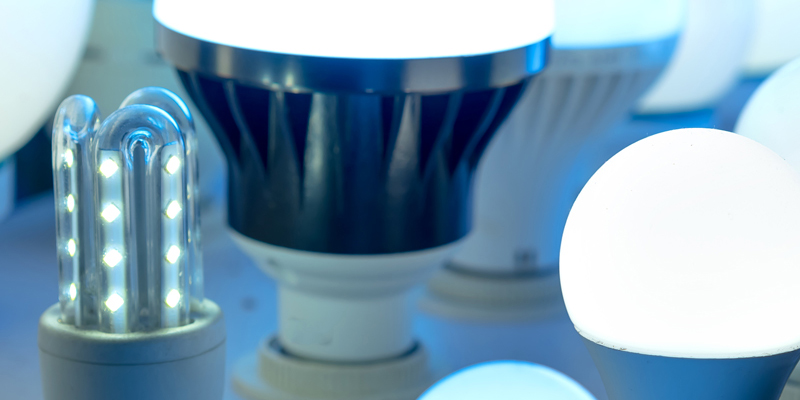
Temporal Light Artifacts (TLAs) are undesired visual perceptual effects, caused by Temporal Light Modulations (TLMs), which commonly exist in lighting systems, especially LED lighting systems. Accurate measurement of TLM and evaluation of TLA metrics, specifically the stroboscopic visibility measure (SVM) and the short-term flicker indicator (PstLM), are required by certain product safety regulations with limit values specified.
Advancing the energy efficiency of home energy storage systems

This report explores the energy efficiency of home energy storage systems (HESS), identifies current standards available to test HESS energy efficiency performance, identifies current barriers to lifting the minimum energy efficiency of HESS, and makes recommendations to address these barriers.
AC/HP Test Methods 2.0: Phase 4 Findings Summary

This report provides the results of a round-robin testing across multiple international laboratories to evaluate the reproducibility and representativeness of a new 4E TCP Test Method for Air conditioner/Heat Pump products to better reflect real life energy performance.
Interlaboratory Comparison for Temporal Light Modulation Measurement

The 4E SSLC Platform has conducted an Interlaboratory Comparison (IC 2023) for the measurement of temporal light modulation (TLM) of solid-state lighting (SSL) products. Designed to meet proficiency testing requirements, IC 2023 compared measured TLM quantities of short-term flicker indicator (PstLM) and stroboscopic effect visibility measure (SVM, MVS), as well as three other TLM quantities, of four comparison LED lamp artefacts.
Influence of AC power supply on light flicker measurements

Accurate measurement of the short term flicker indicator is important for avoiding visible flicker and for SSL products compliance with regulations. The IC2023 Interlaboratory Comparison of temporal light modulation measurements revealed large variations depending on the laboratory-grade AC power supplies used.
IC 2023 Nucleus Laboratory Comparison Report Part 1: Lamp Artefacts

This report presents a comparison and demonstration of measurement equivalency of the five Nucleus laboratories that constitute the core of Interlaboratory Comparison 2023 (IC2023). This report is Part 1, covering LED lamp artefacts used in IC 2023.
AC power supply issue for intrinsic flicker performance measurement

These comments were prepared and submitted to Members of three Expert Working Groups investigating temporal light modulation: CIE TC 2-89, IEC TC34 WG5 and IES LM-90 WG. These comments were intended to enable experts working on these committees to consider these preliminary findings on our on-going research into TLM measurements and certain AC power supplies […]
Improving the Mp metric for evaluation of Flicker

TLM (temporal light modulation) related measurements and calculations have become a focus with new regulations by European Commission and other regulatory authorities setting limits for TLA (temporal light artefacts) for LED lighting products. Generally, the regulations rely on PstLM (IEC TR 61547-1-2020) for flicker and SVM (TR 63158-2018) for stroboscopic effects. Due to the complexity […]
Policy Brief – Round Robin for Variable Speed Drives

This Policy Brief summarises the key findings of the international Round Robin for Variable Speed Drives.
Detailed Characterisation for Smart Dynamic Lighting

Smart lighting is gaining ground with increased speed driven by market demands for enhanced comfort, greater energy efficiency and simulating the the natural rhythm of daylight. But how do smart lighting sources perform when the light is dimmed, and when the colour temperature is changed? Is there a need for better characterisation? This paper presents […]
Policy Brief – Coordination between IEC and ISO standards for efficient electric motor driven systems

This policy brief explains the significance of an ISO (International Organisation for Standardization) / IEC (International Electrotechnical Commission) Joint Advisory Group (JAG 22) established in October 2021.
Policy Guidelines for Motor Driven Units, Part 2 – Chinese

This report, available in Chinese, proposes policy options for the international alignment of technical standards and minimum energy performance standards for pumps, fans and compressors.
Policy Guidelines for Motor Driven Units, Part 1 – Chinese

This report, available in Chinese, describes existing standards and regulations for pumps, fans and compressors.
Round Robin of Converter Losses

This report summarises the results of the IEA 4E EMSA international Round Robin testing programme for converter losses, implemented in cooperation with IEC SC22G/WG18.
Smart Lighting – New Features Impacting Energy Consumption
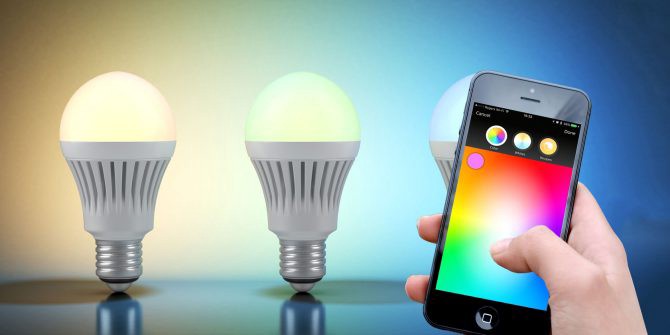
Smart lamps and luminaires are common in today’s lighting market. Smart lighting provides an opportunity for the consumer to benefit from wireless control of lighting products, e.g. by dimming, colour tuning and scheduling. These functions can provide energy saving but they also require energy consumption to supply standby power and gateways.
Guide to Energy Management Protocols
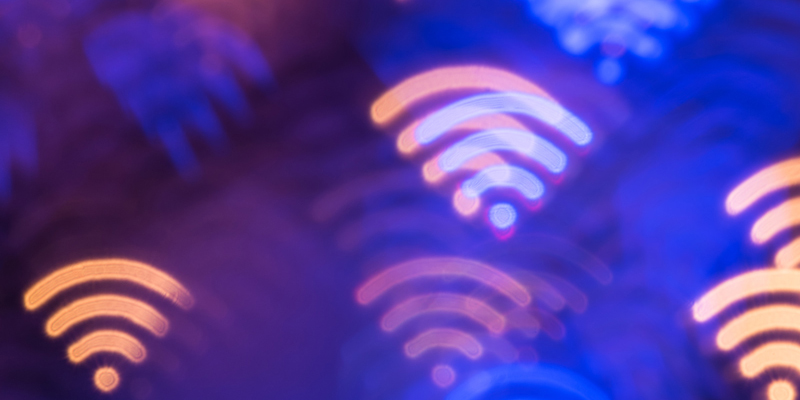
This report is a guide to ‘application layer’ communications protocols used for energy management, such as those used to facilitate intelligent efficiency and demand flexibility.
Mobile Device Efficiency

This report analyses the energy use of mobile devices, compares policies and identifies policy gaps.
Standardisation for Smart Devices

This report highlights the most relevant standards in areas such as measurement of energy consumption of smart devices, and communication protocols for smart devices.

























